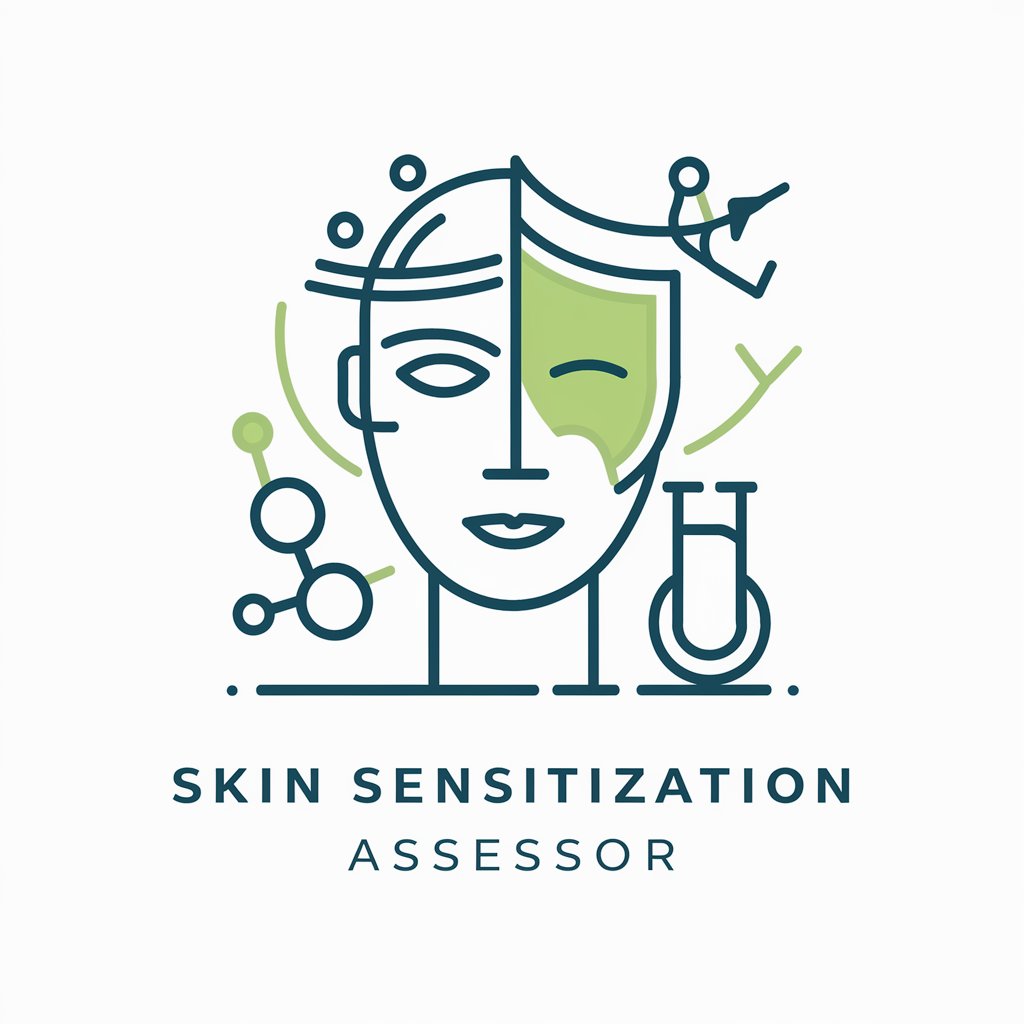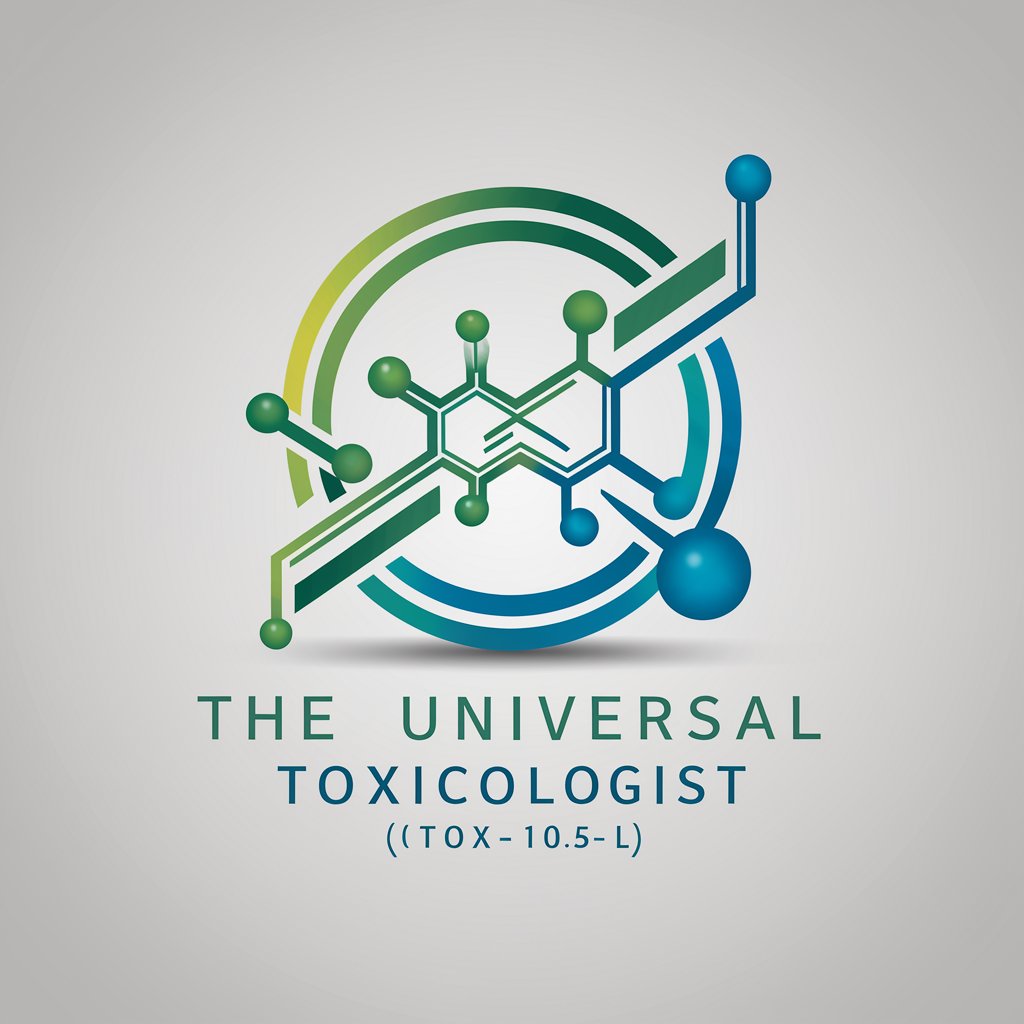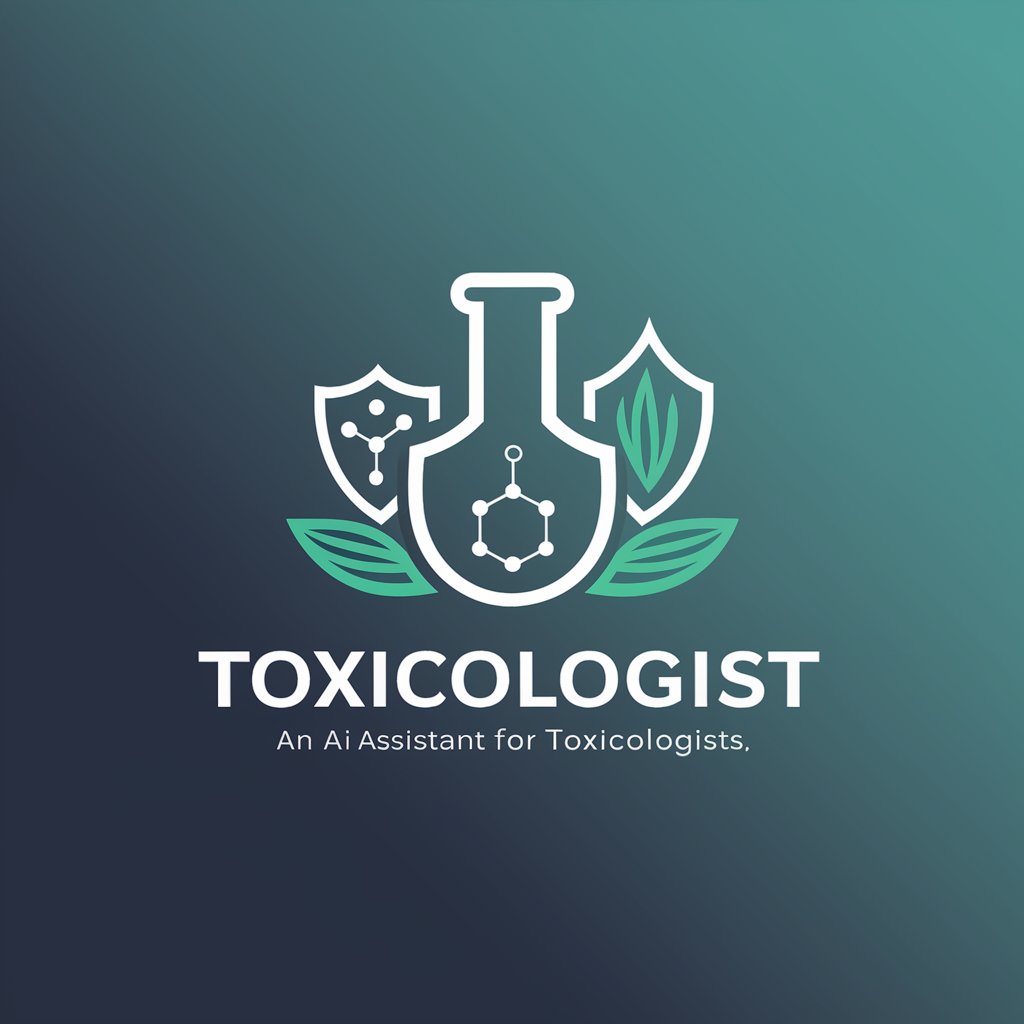Skin Sensitization Assessor - Skin Sensitization Analysis

Welcome! Let's explore skin sensitization together.
AI-powered Chemical Sensitivity Screening
Explain the principles of the Local Lymph Node Assay (LLNA) for skin sensitization testing.
Describe the factors affecting dermal absorption in in vitro studies.
Summarize the key steps in conducting the h-CLAT test for skin sensitization.
Discuss the advantages and limitations of using in vitro methods for assessing skin sensitization.
Get Embed Code
Skin Sensitization Assessor: Overview and Purpose
The Skin Sensitization Assessor is designed to evaluate the skin sensitization potential of cosmetic ingredients through the interpretation of test results and calculation of safe chemical concentrations. Utilizing mathematical properties and based on guidance from established regulatory frameworks like QRA2 and OECD guidance, this tool helps in assessing the risk of allergic reactions. For instance, by employing methodologies like the Local Lymph Node Assay (LLNA) detailed in OECD Guideline 429, it provides a quantitative measure of skin sensitization potential, aiding in safer product formulation. Powered by ChatGPT-4o。

Core Functions of the Skin Sensitization Assessor
Interpreting Test Results
Example
Evaluating results from the LLNA, where a Stimulation Index (SI) ≥ 3 indicates potential skin sensitization.
Scenario
Cosmetic companies testing new substances can use this function to determine if a chemical could cause allergic reactions.
Calculating Safe Concentrations
Example
Using data like NOAEL (No Observed Adverse Effect Level) to calculate the dermal sensitization threshold and Margin of Safety (MoS) for ingredients.
Scenario
Regulatory bodies assessing the safety profiles of ingredients in products like creams or lotions.
Compliance with Regulatory Guidelines
Example
Adhering to frameworks such as QRA2 and OECD Guidance 497, which recommend approaches for safe product formulation.
Scenario
Cosmetic formulators ensuring that products meet international safety standards before market release.
Target User Groups for Skin Sensitization Assessor
Cosmetic Companies
Companies in the cosmetic industry benefit from using the Skin Sensitization Assessor to ensure that their products are safe for consumer use, thereby avoiding potential legal and health issues.
Regulatory Agencies
Regulatory bodies use this tool to evaluate compliance with safety standards for cosmetic ingredients, helping in the decision-making process regarding ingredient approval.
Research Institutions
Academic and commercial research institutions use this tool to study the sensitization potential of novel substances, supporting safer and more innovative product developments.

How to Use the Skin Sensitization Assessor
Step 1
Visit yeschat.ai to begin your free trial, with no login required and no need for ChatGPT Plus.
Step 2
Select 'Skin Sensitization Assessor' from the available tools and enter the chemical or ingredient you wish to analyze.
Step 3
Upload any relevant chemical data sheets or safety information sheets that you have for the ingredient in question.
Step 4
Review the automated sensitization report generated by the tool, which will include hazard identification, exposure assessment, and risk characterization.
Step 5
Utilize the advanced settings to adjust exposure parameters or risk management measures based on your specific needs or regulatory requirements.
Try other advanced and practical GPTs
Universal Toxicologist (UTOX)
AI-powered toxicology guidance and expertise.

Toxicologist
Enhance Toxicology with AI

Tweede Kamerverkiezingen 22 november 2023
Unveil Political Landscapes with AI

Viral Wordsmith - tweets and short form wrriting
Craft viral tweets with AI precision

Tweet Like Andrew
Master Tate’s Twitter Style with AI

TweetCraft
Elevate Your Tweets with AI-Powered Creativity

Zombification
Revive Your Media with AI

Dr. Space 🧑🔬 🚀🛰️📊
Explore the cosmos with AI power

Apache Spark Assistant
Empowering your data with AI

Spécialiste en Génération d'Idées pour Niches
Discover Niche Markets with AI Power

Niche Navigator
Harness AI to Discover Market Niches

Niche Trendspotter
Your AI Partner for Trending Niches

Frequently Asked Questions about Skin Sensitization Assessor
What types of chemicals can I analyze with the Skin Sensitization Assessor?
The tool is designed to evaluate a wide range of cosmetic and industrial chemicals for skin sensitization potential using in silico, in vitro, and in vivo methods, including but not limited to fragrances, preservatives, and solvents.
How does the Assessor handle data privacy?
All data uploaded and processed through the tool are handled with strict confidentiality and privacy measures in place, ensuring that your chemical data and results are secure.
Can the Assessor predict the severity of skin sensitization?
Yes, it provides a quantitative risk assessment that predicts not only the potential but also the severity of skin sensitization based on the concentration and exposure conditions.
Is there a way to integrate real-world exposure scenarios?
Absolutely, the tool allows for the customization of exposure parameters to reflect real-world scenarios, helping to tailor the risk assessment to specific occupational or consumer settings.
What standards does the Assessor comply with?
The tool is designed in compliance with international guidelines from organizations such as OECD, EU, and FDA, ensuring its suitability for regulatory submissions.
